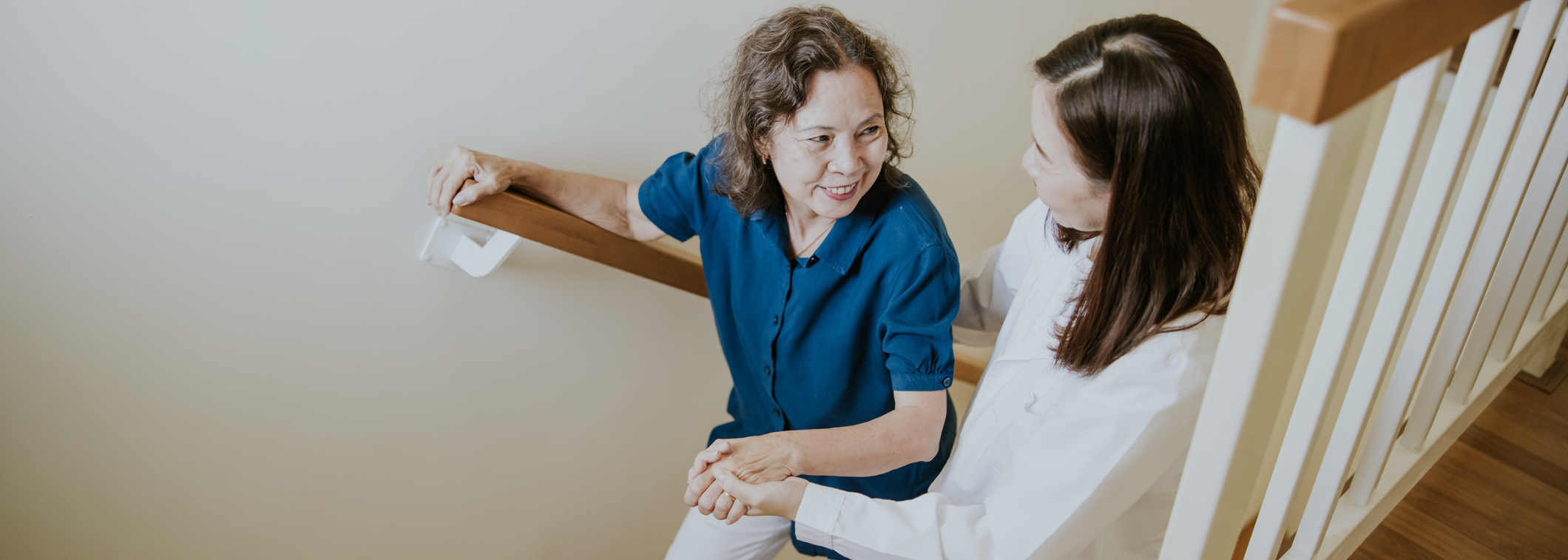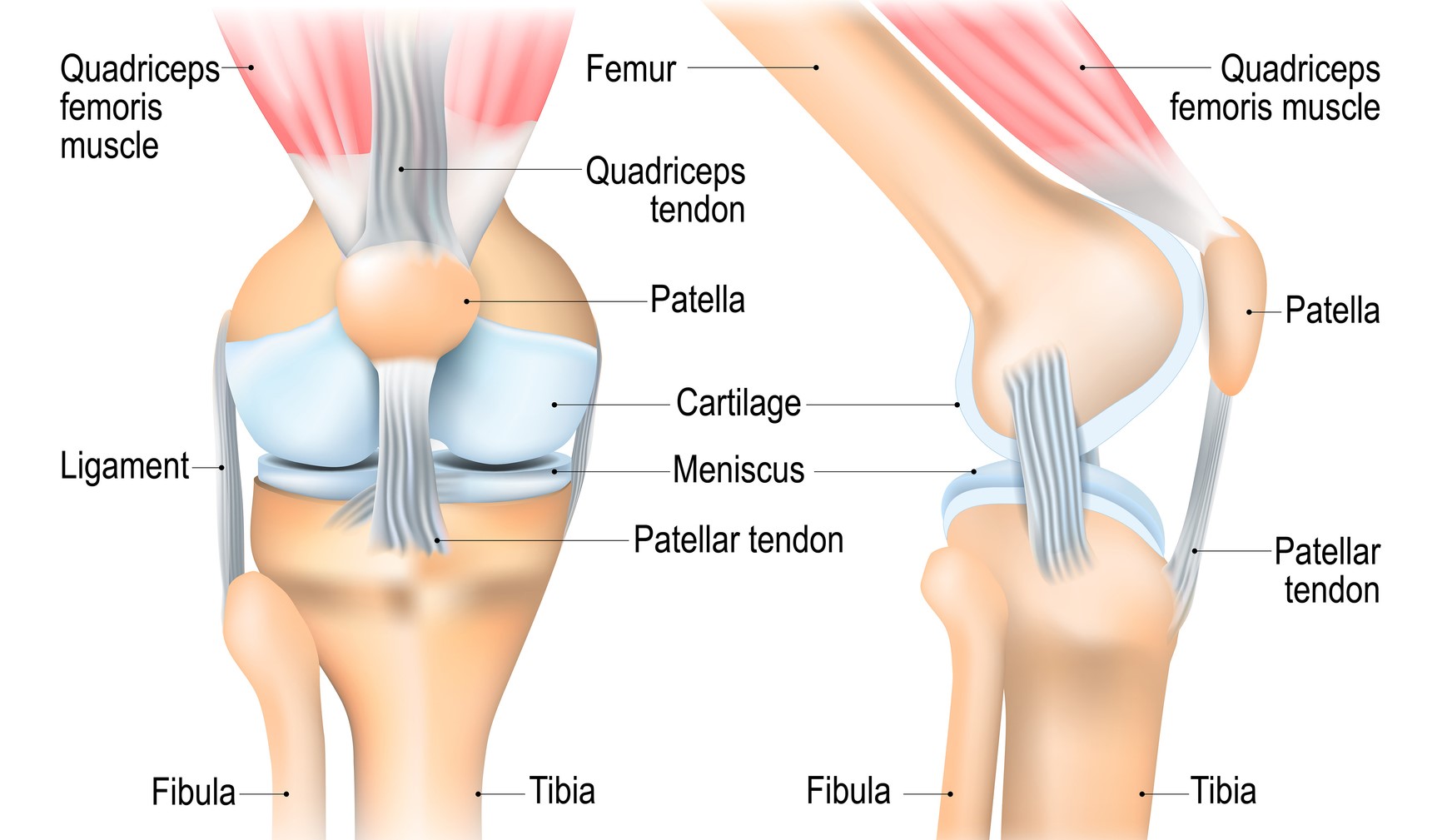In the human knee, the cartilage is a tough and rubbery tissue that cushions the joints. As the knee joint moves, the cartilage cushions the bones, enabling them to glide against one another without friction.
However, the cartilage on the underside of the kneecap (patella) can soften and break down due to overuse or injury. This condition is known as chondromalacia patella. As the knee joint moves, the worn-out cartilage is unable to protect the ends of the bones, thus leading to friction of the bones, causing pain.

Chondromalacia Patella symptoms

- A dull, aching pain in the front of the knee, just behind the kneecap.
- Pain that is aggravated by walking up or down the stairs, or after you have been sitting in one position for an extended period of time or kneeling and squatting.
- A swollen knee and grinding sensation in the knee.
Chondromalacia Patella risk factors
- Young people are more susceptible to chondromalacia patella than any other age group.
- Chondromalacia patella is also notably prevalent among runners, joggers, cyclists, and soccer athletes.
- People with jobs that spend a significant amount of time kneeling, such as carpet layers, tile setters, and floor layers, are more likely to acquire this condition.
Chondromalacia Patella diagnosis
Your doctor would first question your general health and symptoms before conducting a thorough physical examination.
Diagnosis is made based on your reported symptoms, physical examination, and investigations.
- Imaging tests such asX-ray, computed tomography (CT) scan, magnetic resonance imaging (MRI).
- In arthroscopy, a surgeon makes a small incision in the patient's skin and inserts a small lens and lighting system to magnify and illuminate the joint's structures to aid in examination.
Chondromalacia Patella treatment
Non-surgical treatments can alleviate knee pain for most people with chondromalacia patella.
- Non-surgical treatment
- Rest your knee by avoiding activities that may aggravate knee pain.
- Use a bag of ice or a cold gel pack on the affected knee to reduce pain and swelling.
- Medications include nonsteroidal anti-inflammatory drugs (NSAIDs) such as ibuprofen or naproxen is used for pain relief.
- Physiotherapy is important to strengthen muscles around the knee.
- Use knee tape or brace to maintain proper alignment of your kneecap.
Surgical treatment
Your doctor may recommend surgery (arthroscopy) if symptoms persist despite conservative treatment. During arthroscopy, the damaged layers of the cartilage can be removed. The alignment of your kneecap or other parts of your knee can be corrected to reduce wear and tear on your knee cartilage.
Chondromalacia Patella prevention
You can reduce the risk of developing chondromalacia patella by preventing knee injuries and joint overuse.
- Wear comfortable and supportive shoes that fit your feet, as foot alignment issues can increase your risk of knee injuries
- Warm up thoroughly before engaging in physical activities.
- Include exercises to strengthen the leg and knee muscles.
- Maintain a healthy weight to avoid overstressing the knees.
Make an appointment at Gleneagles Hospitals
If you are experiencing any of the symptoms of chondromalacia patella, get in touch with us to find out more about ourOrthopaedic Servicesat your nearest Gleneagles Hospital.
Gleneagles Hospital works with orthopaedic specialists to assist patients through diagnosis and treatment. The caring and multidisciplinary team of healthcare professionals are available for consultation and to provide the best care.



